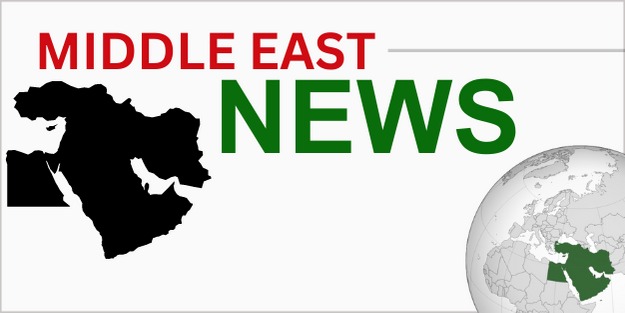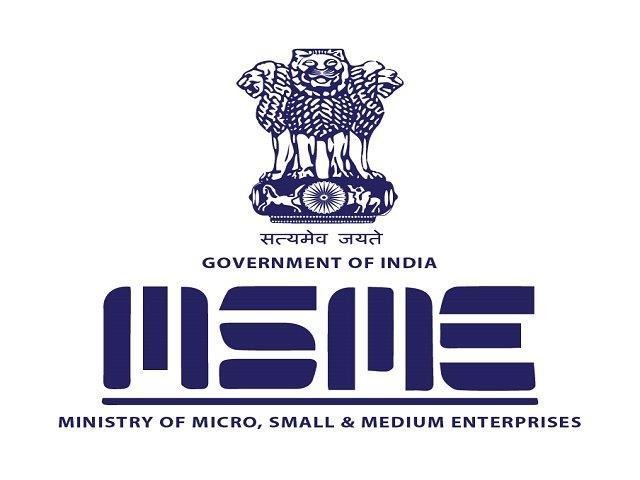
The National Rail Plan contemplates that the share of freight traffic by rail should increase from 27% which is the current percentage to 45% by the year 2030. As per the Indian Railways, the construction of the DFCs (Dedicated Freight Corridors) on the high density route is an important policy in order to arrest the trend of the declining market share of the railways in the India. This will also shift the advantages in favour of the rail transport.
Due to the following operational characteristics, the DFC operation will increase freight operation efficiency and enable more competitive rail tariffs:
- Run heavy haul trains with overall load of 13000 tonnes which means higher capacity per train and per wagon.
- Reduction in maintenances and operations cost which means lower energy consumption.
- Lower the logistic costs of transportation and improved utilisation of rolling stock which means decreased transit time.
Furthermore, Indian Railway has taken numerous multi-pronged strategy to increase its model share in the freight segment including the tariff rationalisation and Tariff incentive schemes including the diversification of freight basket, Liberalised Automatic Freight Rebate Scheme, Rationalisation of Station to Station rates policy, Rationalisation of Merry Go Round, Concession in short Lead Traffic, discount in freight to fly ash traffic booked in Open or Flat Stock and covered wagons, Round trip charging for ultra short lead container traffic, RTT policy (Round Trip Traffic Policy), AFTO (Automobile Freight Train Operator Scheme) and lastly, introduction of Cube Container for two wheeler traffic. A new GCT policy which is the Gati Shakti Multi-Modal Cargo Terminal Policy has been launched to facilitate development of cargo terminals on non railway land as well as on railway land.




